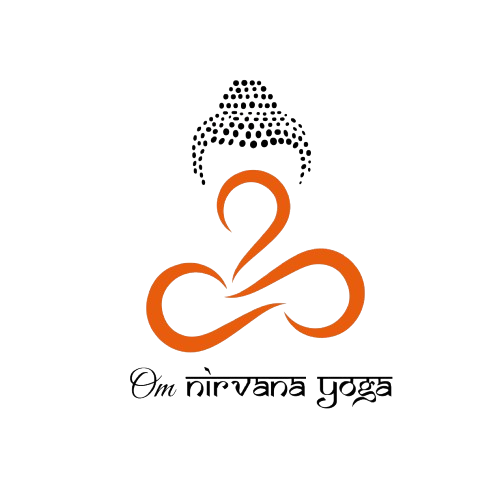

Founded by B.K.S. Iyengar, Iyengar Yoga is a highly disciplined and exact form of yoga stressing alignment, precision, and the therapeutic possibilities of postures (asanas). Celebrated for its exacting technique and focus on proper position execution, Iyengar Yoga has had a major influence on the worldwide yoga community. This paper investigates the ideas, methods, and advantages of Iyengar Yoga, therefore clarifying the reasons behind its increasing popularity in the field of yoga.
Born in India in 1918, B.K.S. Iyengar was essential in the contemporary yoga movement. His studies with his guru, T. Krishnamacharya, and his own experience of conquering personal health obstacles had a great impact on his attitude to yoga. Aiming to foster physical health, mental clarity, and spiritual development, Iyengar's lessons on the alignment of the body and mind through yoga practice center on.
Although Iyengar Yoga is based on the old yoga books—especially the "Yoga Sutras of Patanjali"—it emphasizes strongly on useful, easily available methods. By aligning the physical, mental, and emotional parts of the self, the practice seeks to balance and harmonize the body and mind.
Iyengar Yoga's foundation is alignment. To guarantee optimal body posture, the practice emphasizes on exact alignment in every pose. This close attention to detail helps minimize injuries, maximize the advantages of every posture, and raise general body awareness. To help practitioners in reaching proper alignment, Iyengar Yoga frequently uses props including blankets, straps, and blocks, therefore making the practice available to people of all ability.
In Iyengar Yoga, precision is approaching every position with great care. It is advised of practitioners to pay great attention to the intricacies of their breathing, alignment, and movement. This accuracy enables practitioners to investigate the subtleties of every pose and their consequences on the body and mind, therefore developing awareness and deepening the practice.
Another crucial component of Iyengar Yoga is sequencing. Careful design of classes and sequences guarantees a methodical and balanced approach to practice. This methodical sequencing ensures that every session supports general development and well-being by progressively strengthening, flexibility, and stability building.
One unique aspect of Iyengar Yoga are props. They support practitioners in many poses, help them to reach correct alignment, and increase their range of motion. Typical objects are blankets, straps, bolsters, and yoga blocks. Iyengar Yoga allows practitioners to experience the benefits of poses even if they are not yet able to execute them completely by including props.
Iyengar Yoga emphasizes therapeutically strongly. B.K.S. Iyengar created techniques to treat different physical diseases and disorders since he thought yoga had therapeutic power. Many times, practitioners manage and reduce problems including back pain, arthritis, and stress-related disorders using particular sequences and adjustments.
Iyengar Yoga practice centers on Asanas. One performs these poses with an eye toward alignment and accuracy. Every asana is meant to target particular muscle groups, increase flexibility, and improve general physical and psychological state. From standing to seated positions to inversions and restorative poses, Iyengar Yoga offers a broad spectrum of postures.
Iyengar Yoga teaches Pranayama, or breath regulation, right from start. It entails deliberate control of the breath to improve vitality, sharpen mental clarity, and assist in asana practice. Good breathing practices enable practitioners to better connect with their bodies and enable the energy flow.
Relaxation and recuperation are encouraged via restoring positions. Usually supported by props, these positions are held for longer times so the body may release tension and bring balance back. Iyengar Yoga's restoring techniques especially help with physical rehabilitation and stress reduction.
Iyengar Yoga's emphasis on alignment helps to correct body alignment and general posture. Correct alignment of the body in every position helps practitioners lower their risk of injury and ease chronic pain or discomfort resulting from bad posture.
Consistent Iyengar Yoga practice improves strength and flexibility. The exact alignment and the use of props help muscles to be more deeply engaged, therefore increasing their strength and flexibility with time.
Iyengar Yoga works to increase body awareness. Greater mindfulness and self-awareness both on and off the mat follow from practitioners' increasing awareness of their bodily sensations, alignment, and breathing patterns.
In Iyengar Yoga, physical postures, breath control, and mindfulness taken together help to induce mental clarity and calm. As a result of their practice, practitioners generally find their stress levels lowered and their mental focus enhanced.
The therapeutic approach of Iyengar Yoga makes it a good practice for controlling and relieving different physical and psychological problems. Using props and particular sequences helps treat conditions like stress-related diseases, back discomfort, and joint problems.
Over the years, Iyengar Yoga has developed and changed while nevertheless maintaining its fundamental ideas. Today, it is carried out all over in many contexts, from private residences and therapeutic institutions to offices and gyms. The discipline is still revered for its exacting attention to detail and capacity to accommodate practitioners of all degrees and aptitude.
Those who want to investigate Iyengar Yoga should look for qualified Iyengar teachers. These teachers have gone through a lot of training and certification so they may safely and successfully teach the approach. Usually ranging from beginners to experienced practitioners, Iyengar Yoga courses also feature a variety of poses and techniques catered to personal need.
Emphasizing alignment, accuracy, and therapeutic potential, Iyengar Yoga presents a thorough and orderly method of yoga practice. Established by B.K.S. Iyengar, this approach of yoga has had a major influence on the worldwide yoga community by offering a methodical, easily available road to physical and psychological well-being. Whether you practice yoga regularly or just recently, Iyengar Yoga's emphasis on thorough alignment and conscious practice can help you reach more health, balance, and self-awareness.